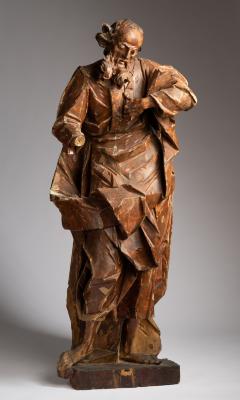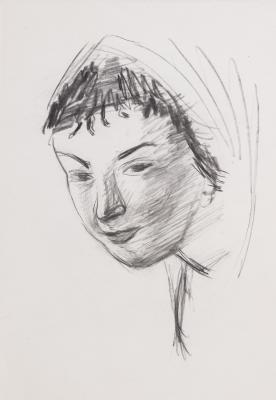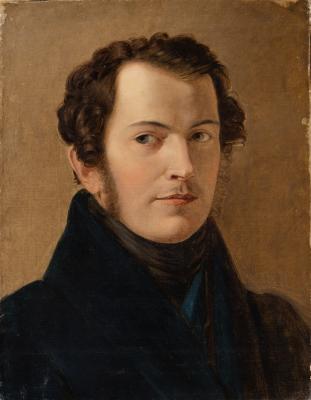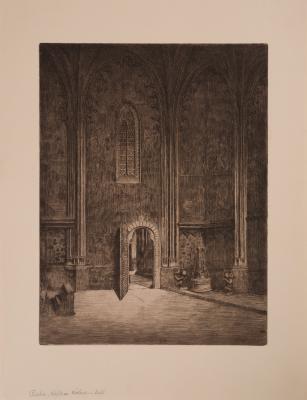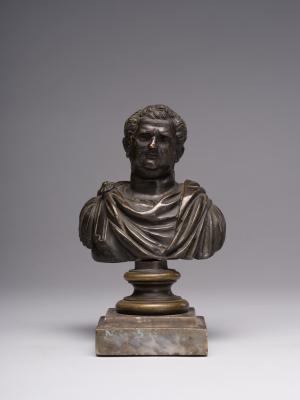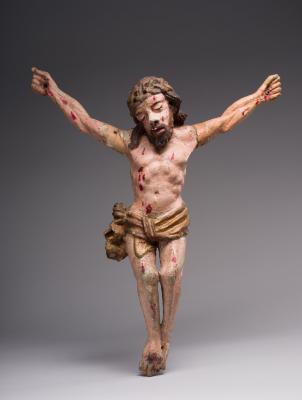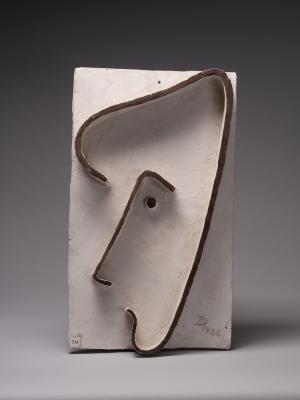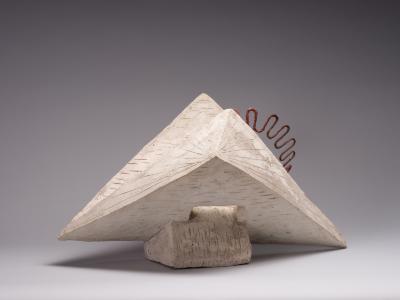Ukrainian Woman
Mykhailo Boichuk
- ID
- ФМз-Ж-312
- Author
- Mykhailo Boichuk
- Name
- Ukrainian Woman
- Date of creation
- 1st half of the 20th c.
- Country
- Ukraine
- Technique
- tempera painting
- Material
- cardboard oil
- Dimensions (height x width, cm)
- 20.5 x 15.7
- Type
- painting
- Genre
- portraiture
- Provenance
- Yaroslava Muzyka Fund
- Exposition
- Lozinski Palace










